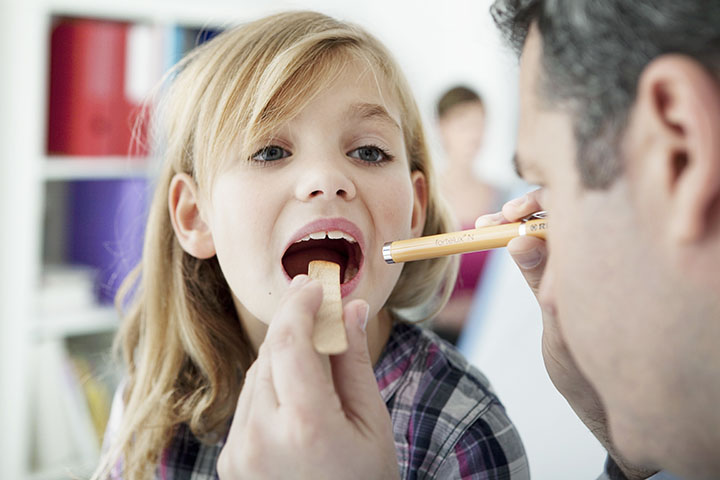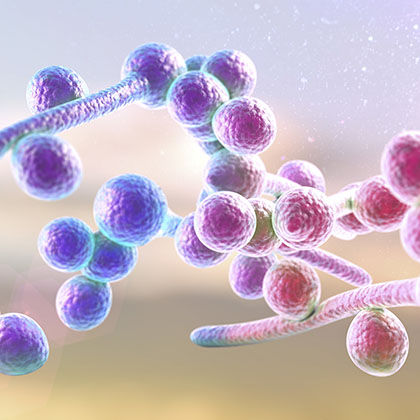Treatment Options

The treatment of oral thrush depends on the age and health of the individual. The main point of treatment is to limit the rise of the fungus and stop its spread. Usually, the thrush disappears within a couple of weeks into the treatment. It is good to know that people who have experienced a thrush in the past can develop it again. If oral thrush appears to an otherwise healthy individual, a doctor may want to conduct tests to see if there is an underlying health condition causing it.
Thrush treatment may include the use of Fluconazole (Diflucan), Clotrimazole (Mycelex Troche), Nystatin, Itraconazole, or Amphotericin B. All of these medications and washes can be used to treat and prevent the overgrowth of mouth thrush.
For those that want to treat the thrush at home, there are a couple of things that can be done. It is important to be very careful when brushing the teeth at home so that the lesions do not become aggravated or begin bleeding. After treatment, the toothbrush must be replaced. If the patient with thrush wears dentures, those must be cleaned thoroughly. For diabetes patients, the intake of sugar should be taken down to a minimum until the infection disappears.
Traditional treatment of oral thrush includes the rinsing of the mouth with salt water. To prepare the right concentration, mix 1/2 teaspoon of salt into 8 ounces of water. Eating food that is high in probiotics can also help balance out the bacterial flora in the organism and treat the infection.
For breastfeeding mothers and their infants, treatment should begin to prevent the infection from being passed on between each other. Medications are usually applied to the breast when the baby does not need to get rid of the bacteria on the surface. All pacifiers and bottles must be thoroughly cleaned after each use. The mother should also place a nursing pad on her nipple in order to prevent the infection from beings passed through her clothes.






